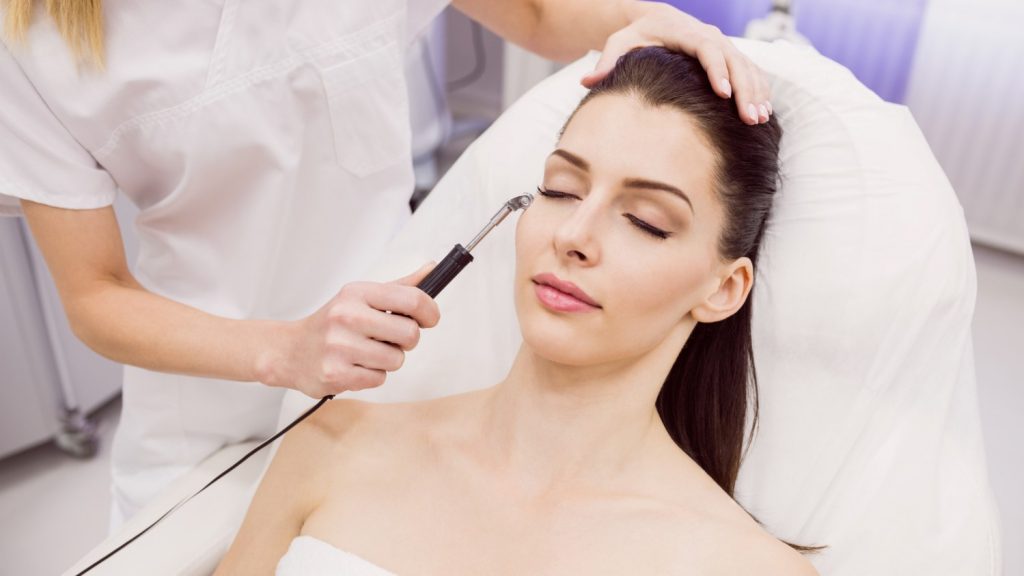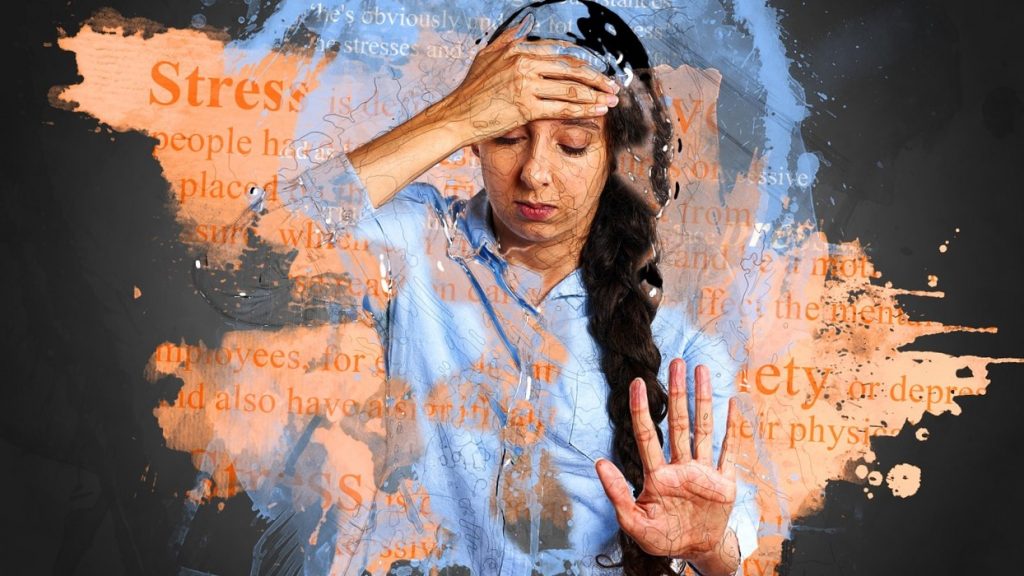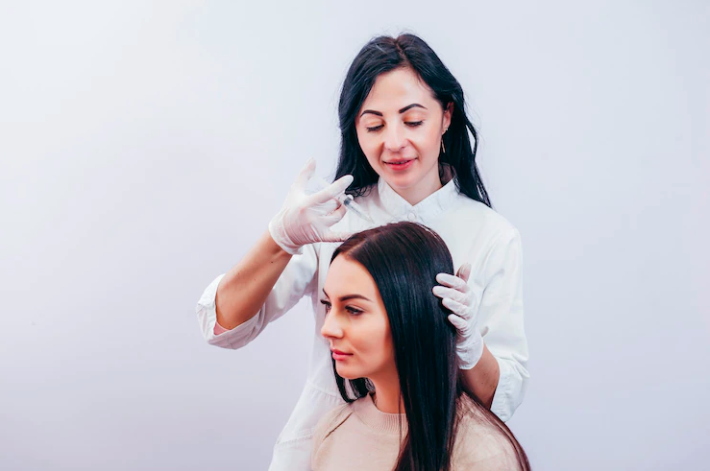Hirsutism- this term might not be that familiar to most of you. Hirsutism is a condition in women with excessive growth of dark coarse hair in a male-like pattern. A lot of women around us experience this problem without knowing the reason and how to treat it. Women with hirsutism mostly experience the growth of thick hair on their faces, chest, lower stomach, and thighs. So this article shows light on the hirsutism in women and how to get rid of this condition. Before getting deep into the writing, I just want to tell you that I am not a medical expert or practitioner. The information shared here is based on my experience, research and consultation with an endocrinologist.
What is hirsutism?
Yes, hirsutism is the excessive growth of hair in women due to the presence of excess male hormones (androgen). The high level of androgen, primarily testosterone, menopause-related hormone changes, irregularity in menstruation, PCOD, or problems with the adrenal glands or ovaries are the major reasons for this excessive hair growth condition. Although this is a stressful condition for women, it can be treated and cured.
Causes of hirsutism
Though the exact causes of hirsutism are not clinically defined, there are several considered to trigger this excessive hair growth:
Excessive production of male hormones: Androgen, the male hormone is produced naturally in women’s bodies. But when the level of androgen is higher than normal, or if her hair follicles are more sensitive to androgen, the risk of hirsutism will be higher.
Polycystic Ovarian Syndrome (PCOS): PCOS is another reason behind hirsutism. PCOS is caused by hormonal imbalance and it triggers excessive hair growth in a majority of women. PCOS causes undue production of androgens, and women with this condition experience, not just excessive hair growth but irregularity in periods, unnatural weight gain, insulin resistance, and fertility problems.
Medications: Regular use of certain medicines can trigger hirsutism in women. Some of these medicines include Minoxidil/Rogaine used to treat hair fall, danazol which is used to treat endometriosis, anabolic steroids etc.
Congenital adrenal hyperplasia (CAH): Genetics play an important role in hair growth. CAH is specified as a group of genetic disorders that impact the adrenal glands. This inherited disorder is indicated by abnormal production of steroid hormones, including cortisol and androgen. Women with mild congenital hyperplasia often have hirsutism, oligomenorrhea, or infertility.
Prolactinoma: Prolactinoma is a condition in which excessive prolactin is produced in the bloodstream causing hormonal imbalance. Overgrown facial hair is a common symptom of prolactinoma.
Menopause related hormone issues: Hormonal changes of menopause can cause increased facial hair growth.
Hirsutism Treatment

Various self-care methods and advanced treatment options are now available to get rid of excess hair growth. For hirsutism treatment, anti-androgen medicines and birth control pills are often prescribed by doctors to lower the androgen levels. The first step your doctor would recommend is weight loss. If you are overweight, losing weight is one of the best ways to lower androgen levels, thereby reducing hormonal problems.
Intermittent fasting is one of the popular weight loss programs followed by many who are suffering from PCOD and obesity. To learn more about IF, read our article Intermittent Fasting for Beginners.
There are several other treatment techniques to get away from hirsutism. Though these techniques do not address the root cause of hirsutism, they can help remove your excessive hair.
Given below are some of the techniques to remove the hair temporarily:
- Shaving is the most common method of hair removal. Shaving doesn’t cause your hair to grow back thicker (this is a common misconception). Though shaving is a very safe method for hair removal, you must do it very regularly to prevent stubble.
- Bleaching products are available in the market to lighten unwanted hair. It is better to consult a cosmetic dermatologist before using this product because some bleaching products, especially if left on for too long, can cause skin irritation.
- Waxing is another temporary hair removal method that is often considered safe. Caution- Waxing may irritate the skin and cause acne and redness.
- Depilatory creams are used by a lot of people to remove facial and body hair. But this is not a safe option for all, as these products can irritate sensitive facial skin. Do a patch test before applying hair removal creams to your face and other sensitive areas.
Laser hair removal is my recommendation for those who are suffering from hirsutism. Laser hair removal is one of the safest and most advanced cosmetic dermatology procedures. Clinical evidence suggests that laser treatment can significantly reduce hair growth after six to eight sessions.
When to see a doctor
If you think you have too much hair on your face or body, consult an endocrinologist or dermatologist for treatment options. Your doctor will conduct a physical examination to determine the underlying cause of the unwanted hair growth.
Consulting an endocrinologist or gynaecologist would be ideal to treat hirsutism in a very effective way. If your increased hair growth is diagnosed as hirsutism with menstrual irregularities, you will be asked to undergo blood tests to check hormone levels, thyroid tests, and ultrasound scanning to visualise the ovaries and uterus.
Take Away
From weight loss programs to topical creams, and antiandrogen drugs, there are several methods to treat hirsutism. If you are pregnant or planning to conceive anytime soon, do not take antiandrogen medicines or any steroids without consulting your doctor.



